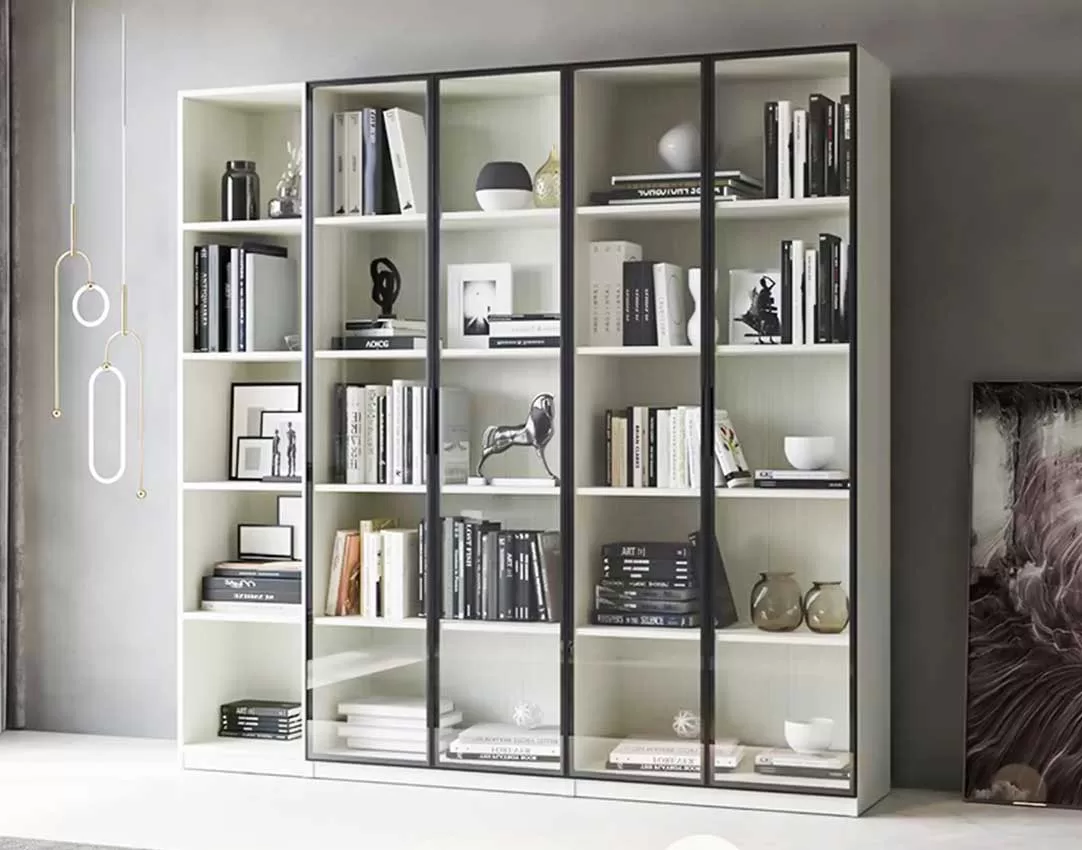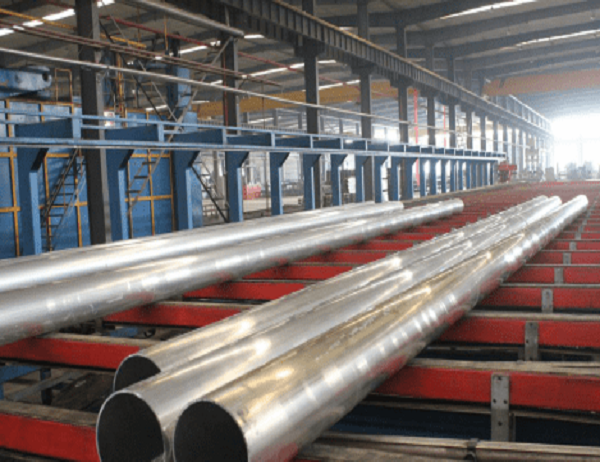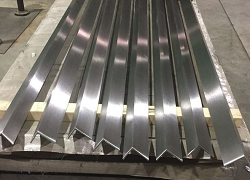Introduction
The construction industry is a major contributor to environmental pollution, accounting for a significant portion of global energy consumption, greenhouse gas emissions, and waste generation. To address these challenges, architects and engineers are increasingly turning to sustainable building practices, which aim to reduce the environmental impact of buildings throughout their life cycle. One key element of sustainable architecture is the use of eco-friendly materials, and industrial aluminum profiles have emerged as a promising option due to their versatility, durability, and recyclability.
Environmental Benefits
1. Recycled Content
Industrial aluminum profiles are made from recycled aluminum, which significantly reduces the energy and emissions associated with extracting and refining virgin aluminum. Recycling aluminum requires only a fraction of the energy compared to producing new aluminum, making it a highly sustainable material choice.
2. Energy Efficiency
Aluminum is a highly reflective material, which means it can help regulate indoor temperatures by reflecting heat away from buildings in summer and trapping heat inside during winter. This reduces the need for heating and cooling systems, leading to lower energy consumption and reduced carbon emissions.
3. Lightweight Construction
Industrial aluminum profiles are lightweight and easy to transport, which reduces the energy and emissions associated with building materials transportation. The lightweight nature of aluminum also allows for faster construction times, saving additional energy and resources.
Performance Advantages
1. Durability and Corrosion Resistance
Aluminum is highly resistant to corrosion and environmental degradation, making it a durable material for architectural applications. It can withstand harsh weather conditions, reducing the need for maintenance and repairs, which in turn extends the lifespan of buildings and reduces the environmental impact associated with material replacement.
2. Design Flexibility
Industrial aluminum profiles are available in a wide range of shapes and sizes, providing architects and designers with unparalleled flexibility in creating innovative and sustainable building designs. The profiles can be easily extruded, bent, and joined to create complex structures and meet specific architectural requirements.
3. Fire Safety
Aluminum is a non-combustible material, which means it does not contribute to the spread of fire. This makes it a suitable choice for interior and exterior applications, reducing the risk of fires and protecting the safety of occupants and property.
Economic Considerations
1. Cost Savings
Industrial aluminum profiles are a cost-effective solution for sustainable architecture. The recycled content and lightweight nature of aluminum reduce transportation and manufacturing costs, while the durability and low maintenance requirements result in long-term savings on repairs and replacements.
2. Aesthetics and Value
Aluminum profiles offer a sleek and modern aesthetic that is highly valued in contemporary architecture. The ability to customize profiles to meet specific design requirements enhances the architectural appeal and increases the value of buildings.
Conclusion
Industrial aluminum profiles play a crucial role in sustainable architecture by offering environmental, performance, and economic advantages. Their recycled content, energy efficiency, and durability significantly reduce the environmental impact of buildings. The design flexibility, fire safety, and cost-effectiveness of aluminum profiles make them an ideal choice for a wide range of architectural applications. As the construction industry continues to embrace sustainability, the use of industrial aluminum profiles is expected to grow, contributing to the creation of greener and more sustainable buildings.



